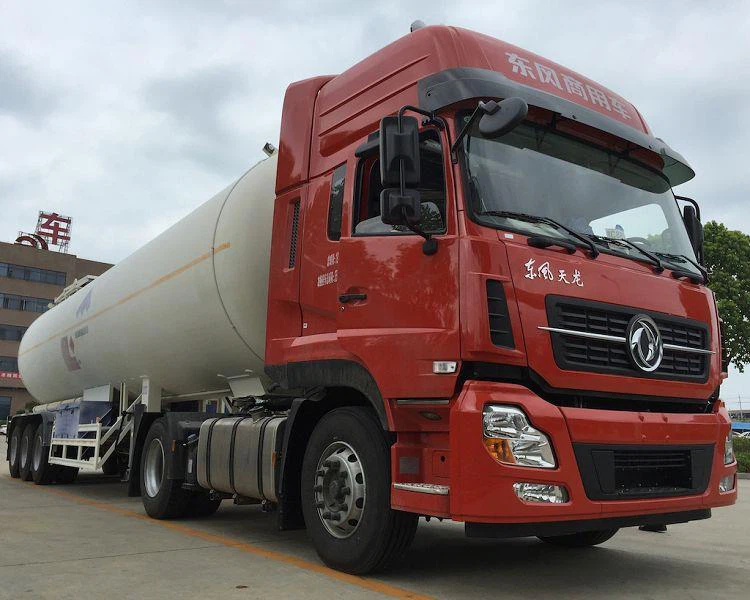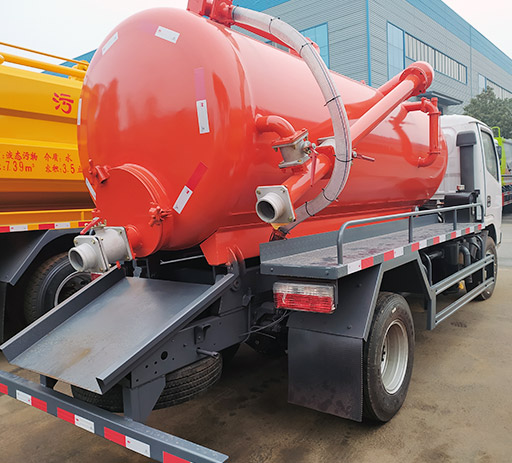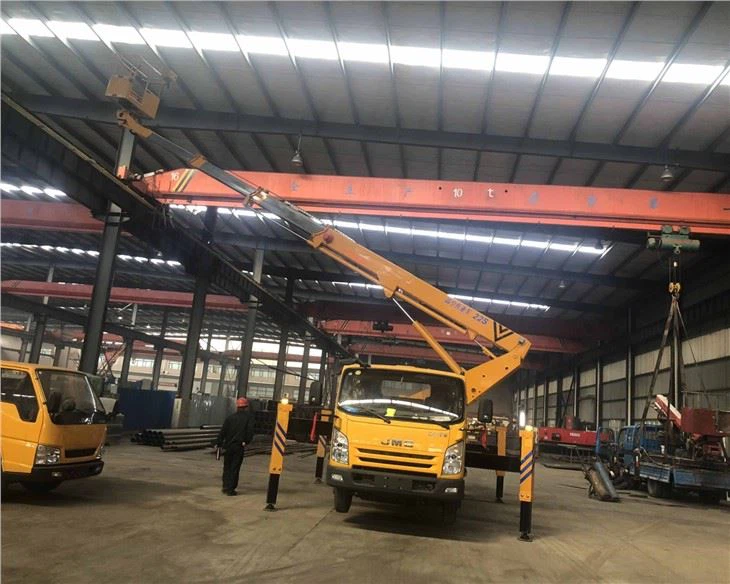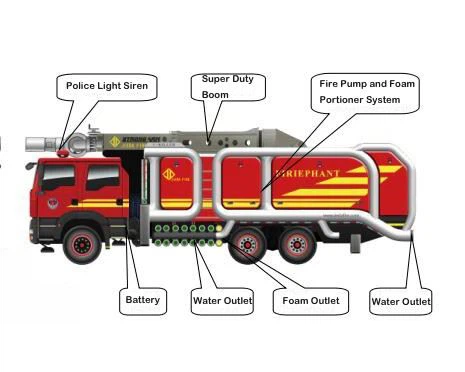International Loader: Your Comprehensive Guide to Understanding and Using It

When it comes to moving goods across borders, the international loader is an essential component in logistics. Whether you’re a business owner, a logistics manager, or a shipping enthusiast, understanding the intricacies of international loaders can dramatically improve your shipping efficiency and cost-effectiveness.
What is an International Loader?
An international loader refers to a type of equipment utilized in various forms of transportation, such as trucks, ships, and airplanes, for the purpose of loading and unloading cargo intended for international shipping. These loaders are designed to handle diverse types of goods, from containers to bulk materials.
The Role of Loaders in Logistics
Loaders play a crucial role in the logistics chain. They ensure that products are efficiently loaded onto and unloaded from transportation vehicles, which is vital for maintaining the integrity and safety of the cargo.
Types of International Loaders
There are several types of international loaders, including:
- Forklifts: Commonly used in warehouses and shipping yards for lifting pallets.
- Container Loaders: Specialized for loading and unloading shipping containers.
- Belt Loaders: Utilized mainly at airports to load luggage and cargo onto planes.
- Crane Loaders: Employed for heavy lifting operations in ports and construction zones.
Factors to Consider When Choosing an International Loader
1. Type of Cargo
Different loaders are better suited for various types of cargo. For instance, if you’re dealing with bulk goods, a belt loader might be more effective compared to a standard forklift.
2. Weight Capacity
Evaluate the weight capacity of the loader to ensure it can handle the heaviest items you plan on transporting.
3. Environment
Consider the environment in which the loader will be used. Outdoor operations may require more robust equipment built to withstand harsh weather conditions.
4. Technological Features
Modern loaders come equipped with advanced technology to improve efficiency. Look for features such as GPS tracking, automated loading systems, and safety sensors.
5. Operational Cost
Calculate the total cost of ownership, including fuel consumption, maintenance costs, and depreciation when choosing an international loader.
Advantages of Using International Loaders
Improved Efficiency
International loaders significantly reduce the time required to load and unload cargo, leading to quicker turnaround times.

Enhanced Safety
Loaders designed with safety features minimize accidents, reducing potential injury to workers and damage to cargo.
Cost-Effectiveness
Investing in the right loader can save money in the long run by increasing productivity and lowering labor costs.
Best Practices for Using International Loaders
Routine Maintenance

Regular maintenance checks can prevent equipment failure and extend the lifespan of the loader.
Proper Training
Ensure that all operators are properly trained to use the loaders, following safety guidelines and operational procedures.
Load Management
Always adhere to the loader’s weight limits and loading instructions to ensure safe operations.
Practical Examples of International Loader Use
Example 1: Shipping Containers
In the shipping industry, specialized container loaders are used to stack and secure containers on ships. For instance, at a port, a terminal operator uses a rubber-tired gantry crane to efficiently move containers from trucks onto the ship’s deck.
Example 2: Bulk Cargo
Belt loaders are commonly utilized to transport bulk materials such as coal or grains from storage facilities onto ships. This method allows for continuous loading, improving overall efficiency.
International Loader Safety Standards
1. OSHA Guidelines
The Occupational Safety and Health Administration (OSHA) provides guidelines for safe loading and unloading practices. Companies must adhere to these standards to ensure worker safety.
2. Equipment Certification
All loaders should be certified for safety and performance standards set by international standards organizations.
Emerging Trends in Loader Technology
Automation and Robotics
With advancements in technology, automated loaders are becoming more common, helping to reduce labor costs and improve precision in loading operations.
Sustainability Efforts
As companies seek to reduce their carbon footprints, innovations such as electric loaders are being developed to minimize fuel consumption.
FAQs About International Loaders
1. What types of goods can be loaded using international loaders?

International loaders can handle a variety of goods, including general cargo, containers, bulk materials, and hazardous materials, depending on their specifications.
2. How do I choose the right international loader for my needs?
Consider factors like the type of cargo, weight capacity, environment, technological features, and total operational costs when selecting a loader.
3. What are the safety regulations for operating international loaders?
Operators must adhere to safety regulations set forth by organizations like OSHA and ensure that all equipment is certified for safe use.
4. Can international loaders operate in all weather conditions?
Some loaders are designed for specific environments, while others can operate in various conditions. Always check the specifications of the loader.
5. How often should international loaders be maintained?
Routine maintenance should be conducted regularly based on the loader’s usage, typically every 200-300 hours of operation.
6. Are there any new technologies improving international loaders?
Yes, advancements in automation and robotics, as well as electric loaders for sustainability, are currently transforming the loader industry.
